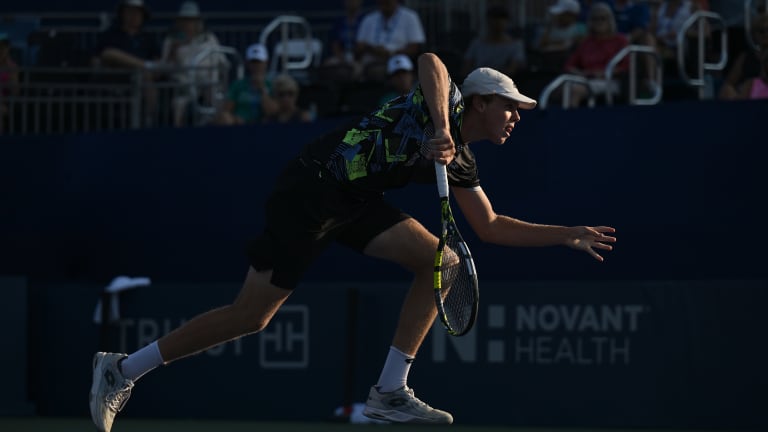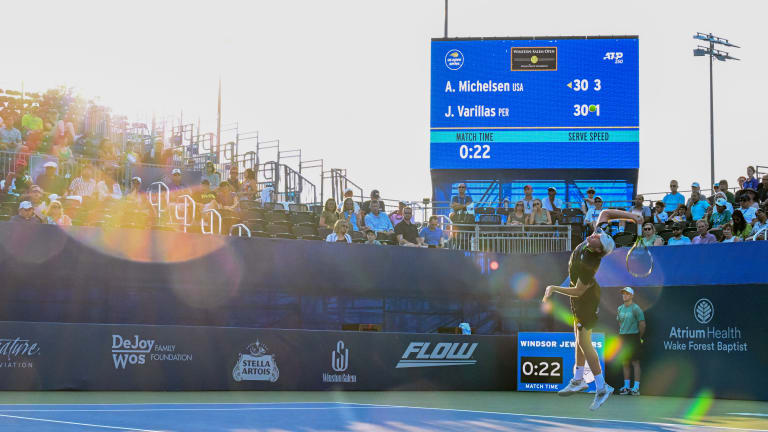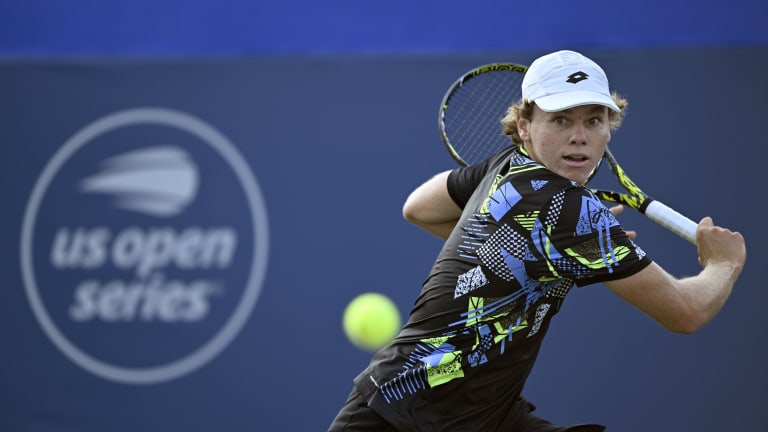Tennis.com Interview
Boy Meets World: Alex Michelsen's ascent from No. 1,022 to No. 110, in one year
By Sep 28, 2023Tennis.com Interview
Nick Kyrgios brings the show, and new perspective, to Madison Square Garden
By Dec 08, 2025Tennis.com Interview
After longest off-season ever, Tommy Paul talks injury comeback, wedding plans at MSG
By Dec 08, 2025Tennis.com Interview
Following in family footsteps, Elli Mandlik clinches Australian Open return in wild card play-off
By Nov 25, 2025Tennis.com Interview
Ben Johnson 101: How an Instagram auteur is defining modern tennis lifestyle
By Nov 11, 2025Tennis.com Interview
Patrick Kypson, former college teammate of Rinderknech and Vacherot, is writing his own perseverance story
By Oct 28, 2025Tennis.com Interview
Michael Zheng channels Ivy League balancing act into rapidly blossoming pro tennis future
By Oct 21, 2025Tennis.com Interview
Flavio Cobolli wants to earn Davis Cup Finals nomination—and stay on as ATP's 'admin'
By Oct 16, 2025Tennis.com Interview
With IMG Academy backing, Wakana Sonobe kicks off pro career at home in Osaka
By Oct 16, 2025Tennis.com Interview
Alex Michelsen wins Almaty debut to end losing skid, reveals coaching trial with Kristof Vliegen
By Oct 15, 2025Boy Meets World: Alex Michelsen's ascent from No. 1,022 to No. 110, in one year
An unorthodox practice regimen and a "jumbled" game is all working out for this 19-year-old American.
Published Sep 28, 2023
Advertising

Alex Michelsen charges the net in Winston-Salem.
© Getty Images
Advertising

Michelsen gets airborne with his serve.
© Getty Images
Advertising
Advertising
Advertising
Advertising

“It’s all a bit jumbled,” says coach Leavitt of Michelsen's game. The approach going forward? “Make it better jumbled.”
© Getty Images